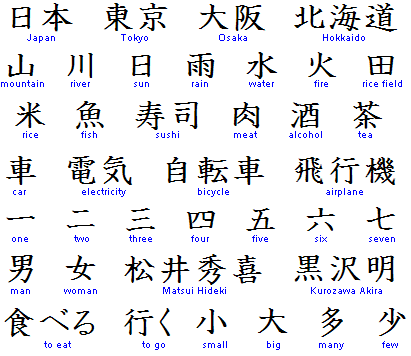 |
| Image from japan-guide.com |
加特力比律賓人.
That supposedly reads "Katorikku Firippin Jin." But actually, these characters are not used for Catholic or Filipino. They just simply write:
カトリックフィリピン人
The above reads "Katorikku Firipin Jin." So yeah, both Catholic and Philippine/Filipino/Philippines have kanji. But these kanji are just for phonetic reading. The individual kanji themselves when joined together to form the word for Catholic and the word for Philippines, do not really mean anything at all:
加 (ka) - add, addition, increase, join
特 (to(ku)) - special
力 (rik(i)) - power, strength, strong
比 (hi) - compare, race (competition), ratio; also used in Japanese as the short form for Philippines
律 (ri(tsu)) - rhythm, law, regulation
賓 (hin) - VIP, guest
This is in the same way that the Chinese for "Philippines" is:
菲律宾 (Simplified Chinese)
菲律賓 (Traditional Chinese)
In Roman characters, that would be Fēilǜbīn and read like "Filibin." Note that the last two characters above, particularly in Traditional Chinese, are the same as the last two kanji in the Japanese version. It all boils down to similar (but not the same) pronunciations between Japanese and Chinese (Mandarin).
The first Chinese kanji above (菲) could mean luxurious, humble, poor, unworthy, or it could be again short for "Philippines." In Japanese though, 菲 seems to translate to Firapiina (female Filipino).
The above also illustrates the new and old system of writing in Chinese - the old being (almost) the same one used still in Taiwan, Japan, and other parts of the world, and the new being the official one used and taught now in China.
REFERENCES:
Jim Breen's JMdict Dictionary thru the Kotoba! app for iOS
Google Translate
Friends :-)
Yup. You could have written this article yourself. :-P

No comments:
Post a Comment